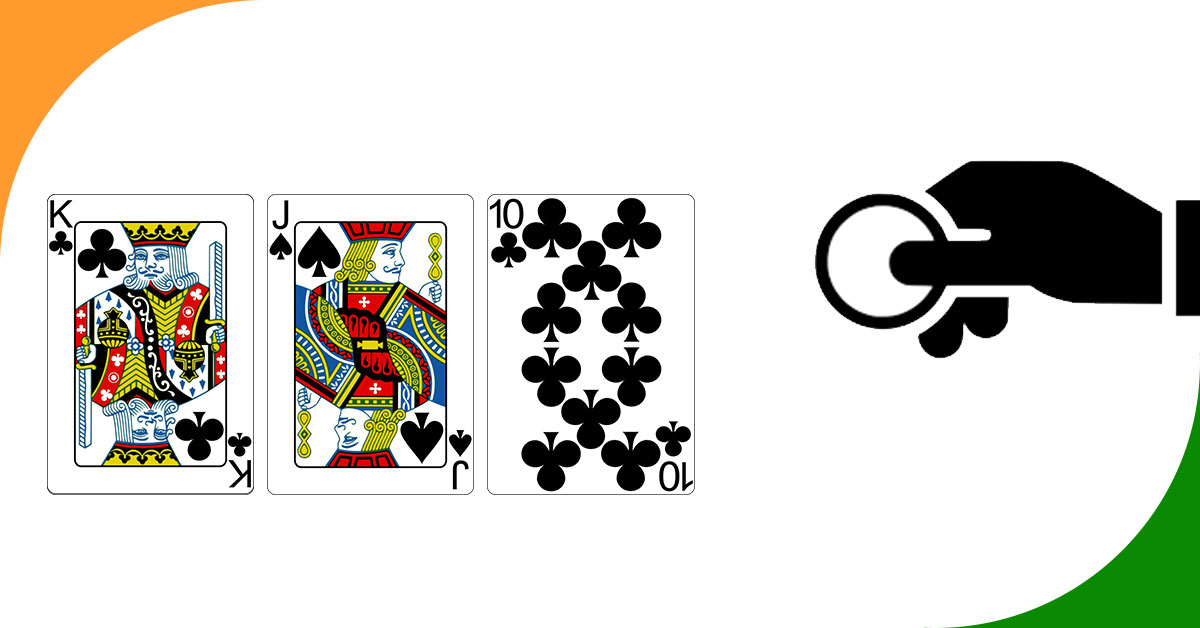The continuation bet, or cbet, is a strong move that might allow you to scoop the pot straight after the flop, regardless the strength of your hand, after having raised preflop.
Contents
Why should I make a continuation bet?
If you raise preflop you are showing some kind of interest in your hand. If someone calls rather than raise your bet, it’s likely that his hand isn’t that strong. You can execute a cbet for two main reasons: for value or bluffing:
- Cbetting for value: if you hold AA preflop and after a call, the flop hits like K52 you definitely want to extract value from the hand, so betting on the flop is the right move. There are many cases where the not-so-strong opponent’s hand might be something like 77-88 or Kx; all these combos are paying your Aces off so making the pot big from the very beginning is the right decision
- Cbetting in bluff: if you hold AQ preflop and the action goes the same as above with a K52 flop, the chances to improve your hand are not great, but you might still force your opponent to fold hands like 77-66, second pairs like A5, etc. In that case is surely better close the hand as soon as possible because many turns and rivers could improve your opponent’s hand or make him less inclined to fold anyway
Continuation bet: sizing
Both when you are trying to extract value or just making your opponent to fold, the amount of the bet has to be the same. You do not want to give away hints on the strength of your hand just betting more when it’s high or small chips when it’s weak.
There’s not such a magic size to live for – because it depends on the flow of the game and the effective stacks the players involved in the hand are playing with – but 2/3 of the pot is a good measure of how you should size the continuation bet.
Continuation bet: turn
On the turn the basics are similar to the flop, but you should now be more careful about the size of the remaining stacks and the odds/outs (an easy way to count them, here!) of the hand. Raising preflop and betting on the flop and the turn shows a really strong hand (regardless you are actually holding it or not), but before cbetting on the turn in bluff, just remember that you can always let go an hand if you feel you cannot win it. About sizing, also on the turn, 2/3 pot is a nice guideline.
Delayed cbet
In some cases the flop is clearly too good to cbet or just too connected for your opponent’s range.
If you hold AA on a flop like 742 in a hand involving a very passive player, you might decide to delay the cbet on the turn, just because you know it will be hard to get three streets of value. If opponent holds A7 or 55 or Khi type hands, might not call both flop and turns cbet, so it might make sense to delay the cbet for the turn – giving not many scary cards are likely to fall – and extracting value there and on the river.
Remember that there’s not a general rule when it comes to talk about poker and that every spot is different, but it’s a well-known fact that playing aggressively is an ingredient mandatory for every successful poker enthusiast who’s looking for building a career out of poker






